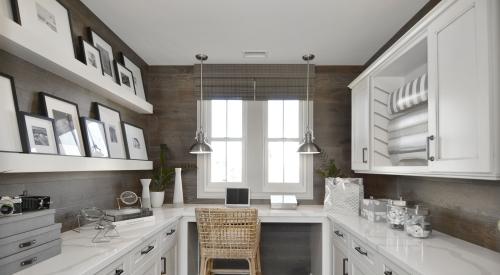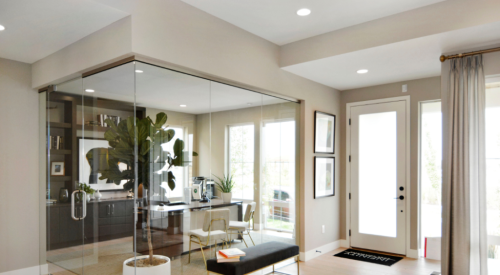If builders and developers address demographic shifts affecting the housing industry now, specifically shifts concerning American women, they will have an advantage over competition, says John Burns Real Estate Consulting (JBREC). The role of women in the workforce and in the home are changing and will continue to change in the long run. At the beginning of 2020, women surpassed 50% of all U.S. payroll employment for the second time in history. The pandemic also had a significant impact on women's employment, dropping this percentage dramatically, but JBREC says early indicators point to growth once again. This means more women have financial independence and increased discretionary spending, resulting in more single women purchasing homes.
Women’s share of total employment is growing. In early 2020, women surpassed 50% of US payroll employment for only the second time in history—the first was in the wake of the Great Financial Crisis. While the early months of the pandemic resulted in a sharp drop in employment for women, early indicators are pointing to growth again. More women in the workforce means:
- Rising income for women, which translates into financial independence and increased discretionary spending. A recent Redfin study noted single women purchased 9% more homes in the fourth quarter of 2020 than a year ago, compared to a 4.5% uptick for single men.
- Dual work-from-home spaces in the home will become even more important post-pandemic. We highlighted in The Light that we expect 9 million more people to work from home post-pandemic at least 10 hours a week—many will be women!
58% of college degrees now go to women. This is a complete reversal from the 1970s when 58% of college degrees went to men. Implications for housing include:
- Location, location, location! Many women are choosing to live in the strongest school districts or close to private schools to give their children every opportunity for success.
- Delayed milestones. Younger, highly educated women are marrying later and having children later—the median age for marriage is now 27.2 vs. 22.8 in the 1950s.












